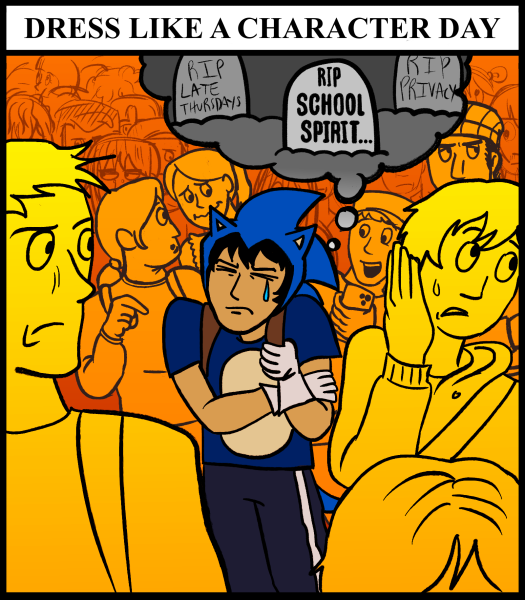Mandatory electives contradictory, fill up student’s limited schedules
May 6, 2016
What’s the biggest oxymoron you can think of? Low-fat, high calorie muffins? One-way windows? Jumbo shrimp? No, mandatory electives are the biggest oxymoron that every high school graduate must endure. Electives are meant to break up a student’s demanding schedule instead of feeling like yet another demanding class.
Staff Editorial
Classes like personal finance may fulfill the “business requirement,” but they take away the freedom of students to choose classes that interest them.
Electives, by definition, are supposed to be an optional course of study. When students are forced into a specific group of classes, such as consumer education, for their “electives,” it takes away the whole purpose of the elective system. It no longer provides the same level of freedom.
Students do not have a chance to explore various occupations. High school is an ideal time to experiment with different kinds of career choices in classes such as Introduction to Health, Computer Science and AP Psychology. A college student has to pay thousands of dollars for every class that they take. In high school, a student can get a taste of a job and what it entails before there is a fortune on the line, but with all of the requirements forced upon the students by the administration, the students have no room in their schedules.
It must be recognized that some classes required by the elective system are necessary to create a well-rounded student, but required electives stop students from taking other electives they are interested in.
Possible solutions like adding in a ninth period and making each class about six minutes shorter would solve the issue. It would give students the opportunities that they deserve for courses they wish to take. An eight period schedule is not enough to take the general eds, the classes students want to take, the classes that prepare students for their future careers, and the required electives.
There may be “options” with each graduation requirement, but there is not enough variation between the classes to cater to different student’s interests. Consumer Education offers five different classes, but they’re all similar. Nevertheless, it limits a student’s options due to time restrictions.
Required electives go against what the idea of an elective is all about.



